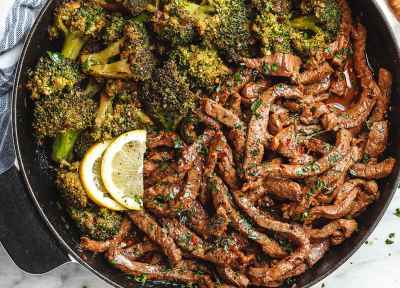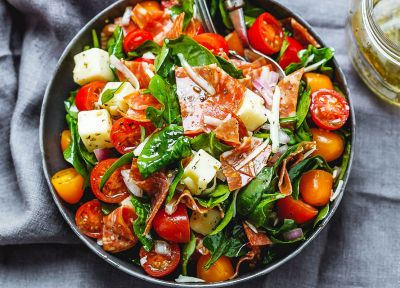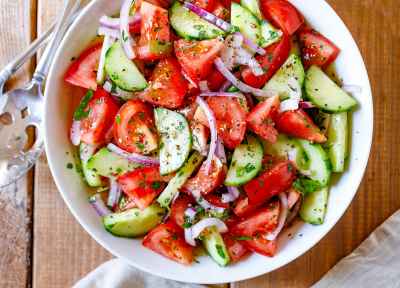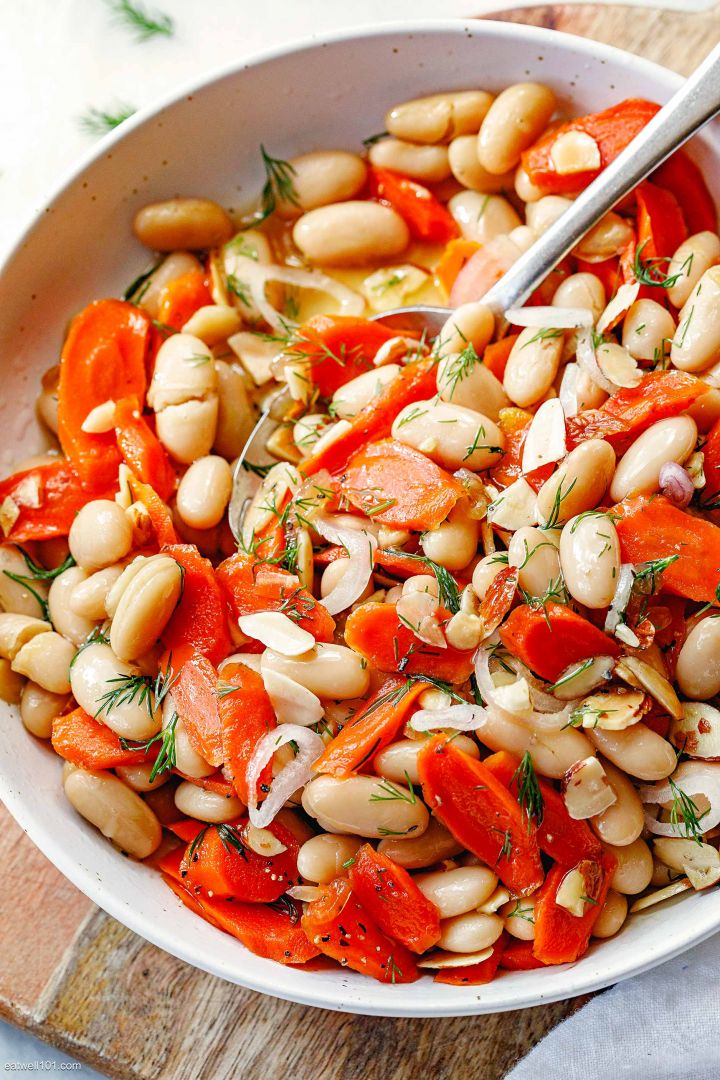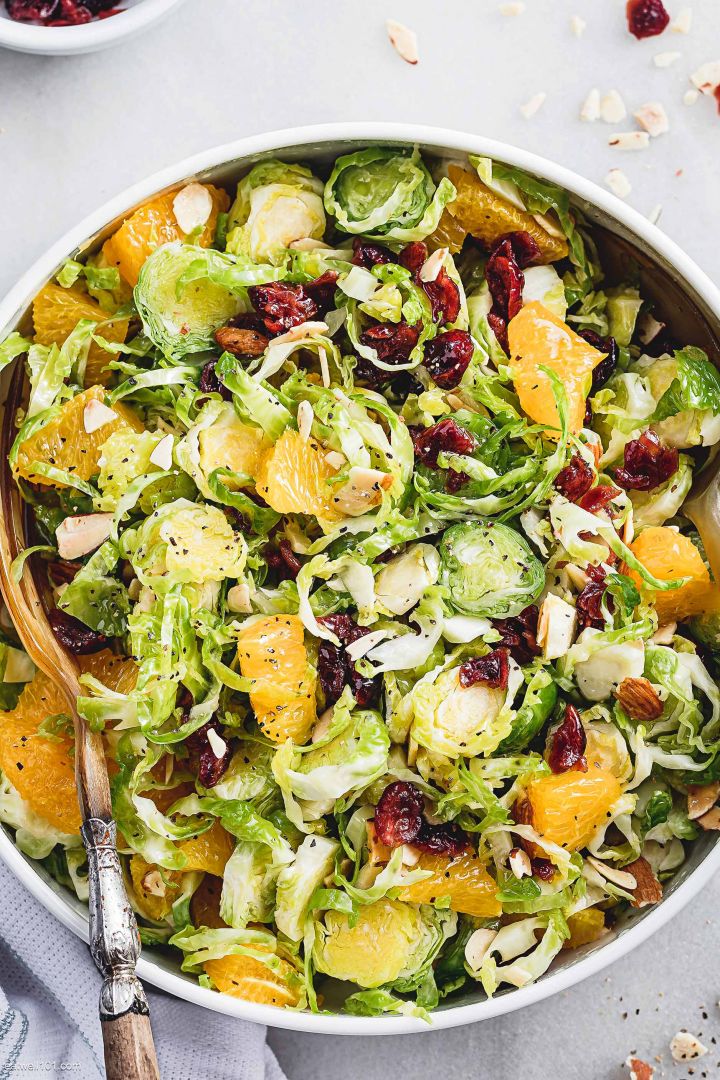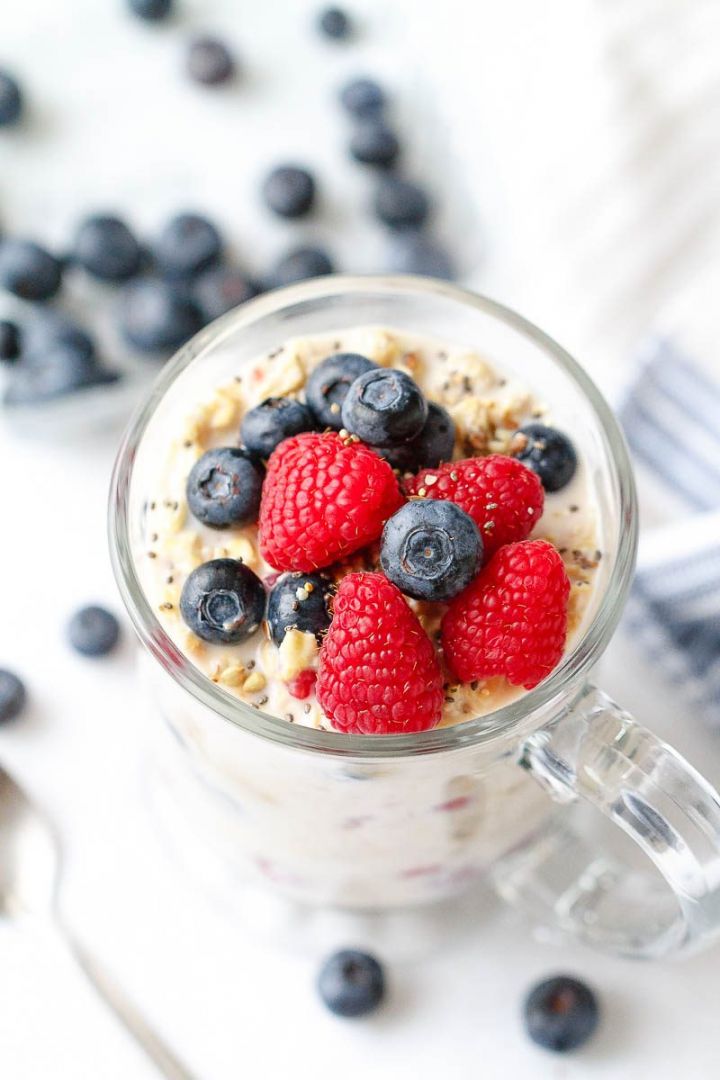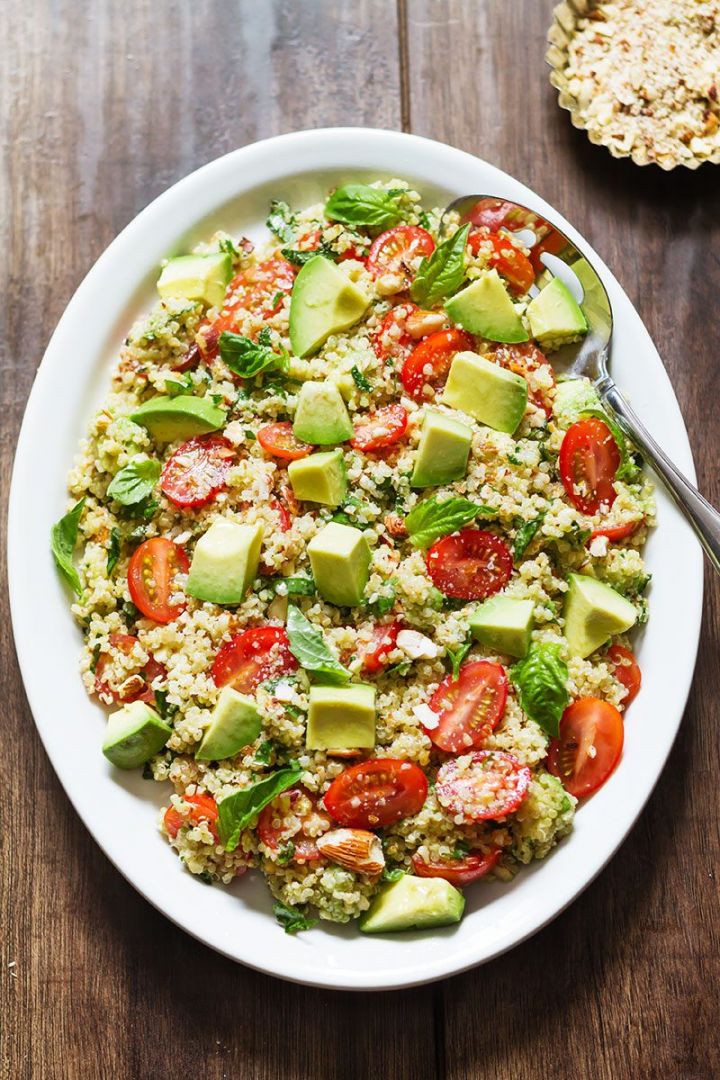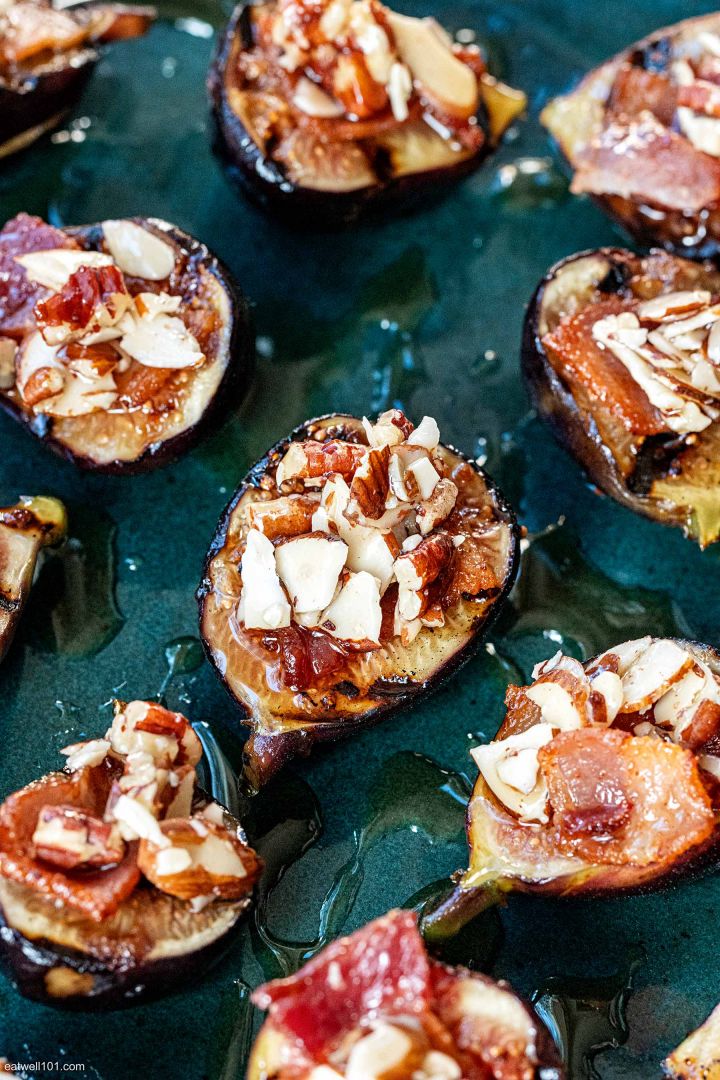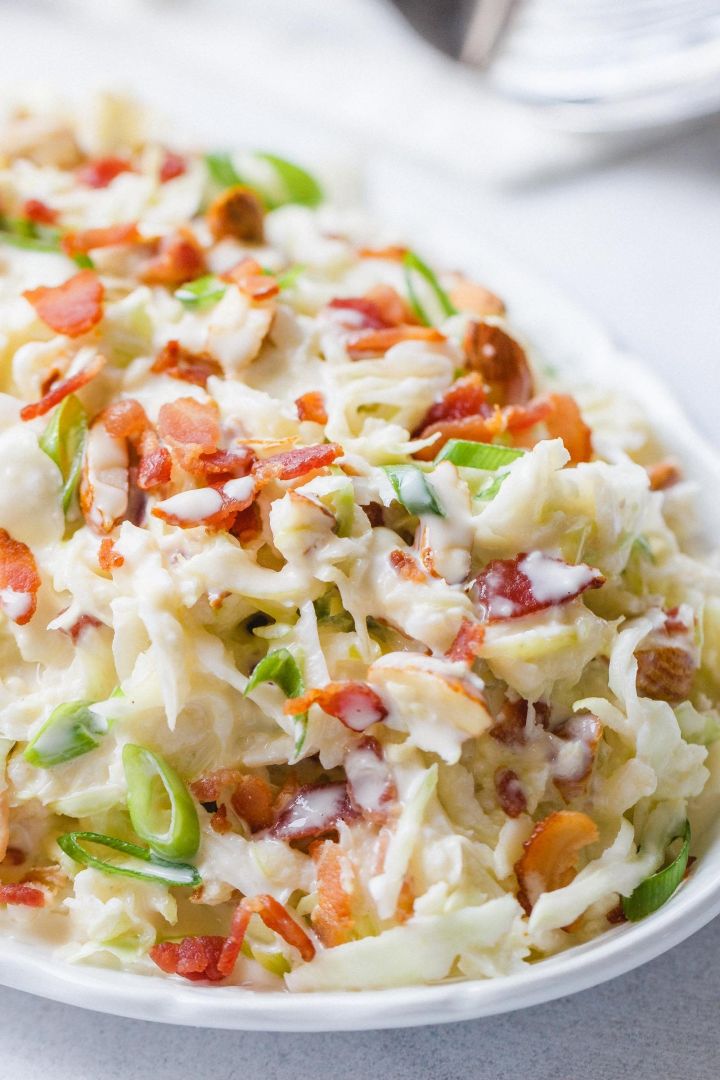Table of Contents
Surprising and tasty, the Bigourdan Pin Cake has not finished to titillate the taste buds of gourmets, from France to Holland or even Japan. In the Hautes-Pyrenees in France, you are not attending a wedding, baptism or communion without sharing the spectacular Bigourdan Pin Cake.
The Bigourdans, who call it “rock of the Pyrenees” or “Pic Bigourdan” consider this pyramid studded with golden peaks of dough as one of the jewels of their gastronomy.
 Photo credit: © Eatwell101.com
Photo credit: © Eatwell101.com
It was immediately adopted by the rural population of the Pyrenees in France, where it remains a homemade and artisan affair. This is a festive cake that is reserved for special occasions like weddings.
In the village of Arreau, in the Aure valley, a fraternity was founded in its honor. Each summer, the fraternity celebrates this cake through spectacular demonstrations. Photo credit: © Eatwell101.com
Photo credit: © Eatwell101.com
The Bigourdan Pin Cake: an Original Cooking Recipe
The specificity of the cake is not in its composition but rather in the way of cooking: the cake is not baked in oven, but around a cone-shaped mold fixed on a spindle inside of a traditional fireplace.
So it’s kind of a roasted cake! The mold is made in a heat-proof wood (apple, pear, beech, chestnut woods…) or, in more recent use, of aluminum.
Specifically, when the spindle rotates, ladles of liquid batter are poured on the mold, coating it gradually. Dough is baked in layers, while stalactites form spikes around the cake with the centrifugal force.
It is also preferable to be two persons to make the cake, while a person turns the spindle, the other pours the batter onto the cone. The artisans who specialize in selling cakes often work with a motorized spit, allowing them to work alone. The tasting result? A sweet, almost caramelized cake, and a festival of textures with soft pulp, the layering and the strong spikes. Photo credit: © Eatwell101.com
Photo credit: © Eatwell101.com
The Pic Bigourdan Ingredients
The baking method makes the originality of the cake, not its composition: the dough looks more or less than a pound cake (eggs, flour, butter, sugar). These very simple ingredients are representative of the traditional peasant economy.
To give a festive look to the cake, you can give it an exotic flavor (vanilla and rum in most cases, but also citrus zest, orange blossom, anise …). Some also incorporate ground or slivered almonds.
 Photo credit: © Eatwell101.com
Photo credit: © Eatwell101.com
- 24 eggs (the whites are beaten until stiff but not essential)
- 2 lbs (1 kg) of butter
- 2lbs (1 kg) of sugar
- 2 lbs (1 kg) of flour
- 3 and a half cups of rum
- 2 cups of vanilla extract
- A pinch of salt
- 2 tablespoons ground almonds.
Material:
A wooden cone of 45 cm and 3 cm diameter at the top and bottom, 15 cm – a roasting spit – Parchment paper – String – A plate to get the dough – A fireplace – hard work
The proportions and nature of these ingredients vary according to places and families, with, in all cases, a clever chemistry to get a proper dough texture: with too much rum, for example, it will become brittle.
 Photo credit: © Eatwell101.com
Photo credit: © Eatwell101.com
The making of the pin cake
Before cooking the cake, you must first prepare the mold by surrounding it with parchment paper and tie it like a roast. The goal is to facilitate the release by preventing the dough from sticking to the cone.
The latter is allowed to warm on the embers to store the heat before adding the first ladle of batter.
Here begins the art of the Pic Bigourdan, which requires a special baking know-how. Specifically, it is to pour the batter into fillets on the pan, using a large ladle, while adjusting the speed of the spindle for spikes and regular good-sized form.
 Photo credit: © Eatwell101.com
Photo credit: © Eatwell101.com Photo credit: © Eatwell101.com
Photo credit: © Eatwell101.com Photo credit: © Eatwell101.com
Photo credit: © Eatwell101.com
Tasting and preservation
Tasting
Once made stale for three days, the cake is presented on a spike over, filled in the top with fresh flowers, lace paper, or figurines of married people. It is divided into horizontal slices from the top of the pyramid.
The layers of dough, more or less golden, reveal the quality of cooking. We can then charge these slices into small pieces, eaten as is, ideally as an accompaniment to a hot drink. In local restaurants or families, it is often served with custard, or sometimes ice, jam, honey, or fruit salad.
Preservation
The cake will keep for one month in a cool room, wrapped in a cloth. Once cut, it can be kept for several weeks in a metal box. It is also possible to freeze it.

French Pyrenean Cake Recipe
by eatwell101
Yield:
Prep Time: min
Cook Time: min
This French Pyrenean Cake Recipe is the Most Spectacular Cake Ever
Ingredients
- 24 eggs (the whites are beaten until stiff but not essential)
- 2 lbs (1 kg) of butter
- 2lbs (1 kg) of sugar
- 2 lbs (1 kg) of flour
- 3 and a half cups of rum
- 2 cups of vanilla extract
- A pinch of salt
- 2 tablespoons ground almonds.
Instructions
- Before cooking the cake, you must first prepare the mold by surrounding it with parchment paper and tie it like a roast. The goal is to facilitate the release by preventing the dough from sticking to the cone.
- The latter is allowed to warm on the embers to store the heat before adding the first ladle of batter.
- Here begins the art of the Pic Bigourdan, which requires a special baking know-how. Specifically, it is to pour the batter into fillets on the pan, using a large ladle, while adjusting the speed of the spindle for spikes and regular good-sized form.
- The layers must be of equal thickness and the cake should be cooked on a regular basis despite the shape of the mold (the tip tends to cook faster). Unfortunately, there are no secrets to success: it is the experience that makes the difference! At the time, it takes 1 hour of cooking per pound of batter.
- Finally, after complete cooling, the mold must be removed with care to preserve the shape of the pyramid cake.
Did you make this recipe?
Tag @eatwell101
on Instagram and hashtag it #eatwell101.
This post may contain affiliate links. Please read our disclosure for more info.
Leave a Reply
Buldi
2011-09-28 20:12:37
hello, how spent the summer?
Chad$
2011-09-05 19:20:21
Amazing! How does it taste?
Home Cooking Network
2011-09-03 18:41:17
This looks like a very interesting cake to attempt. It can be a lot of fun to try out the more radical recipes that are available, especially for special occasions like holiday family gathers and office parties.

